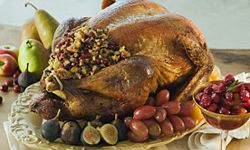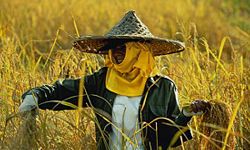Harvest festivals date back to ancient times. These rituals and festivals involve showing thanks to the gods for a successful crop growing season. How this is done and what season they take place depends on what part of the world you live in. There are different harvest rites and rituals in virtually every corner of the globe. Historically, not only were they a way to give thanks, but there was also a lot of superstition involved. Pleasing the gods was of the utmost importance. An angry god might not bring enough rain or bear enough fruit to keep a village or nation fed. A pleased god would shower the crops with rain and sunshine, guaranteeing a plentiful harvest. Here are five harvest festivals from around the world.
Advertisement


